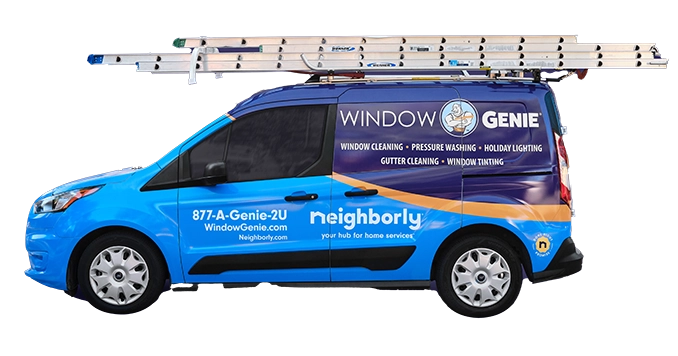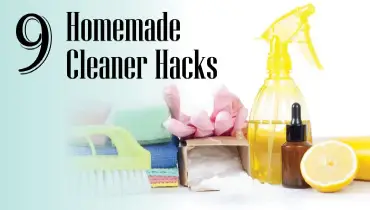Window Genie Blog
Shared Resources for Your Home Needs
All Blogs
Sep 16 2025
If you’re sick of the cold weather – escaping the norm and heading to a warm, sunny beach destination can be a great alternative way to spend the holidays…
Learn more
Sep 16 2025
April is here and that means our cabin fever has reached its breaking point. The sun is shining longer and we need to be outside.
Learn more
Sep 16 2025
We are bombarded constantly with new cleaning products that are supposed to change our lives. According to Statisticbrain.com,
Learn moreBlog Categories
Let Us Call You
Blog Categories



